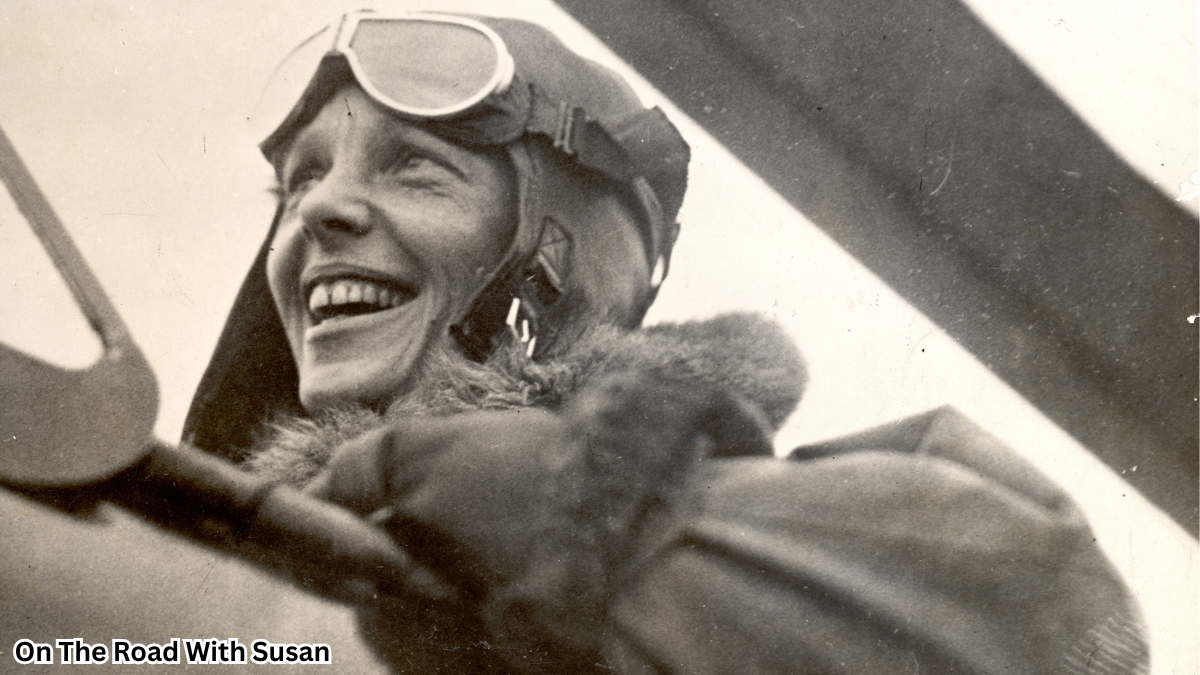A journey through the life, legacy, and lasting mystery of America’s aviation pioneer
There are some names that never fade from history — they soar above it. Amelia Earhart is one of those names. Her spirit of adventure and fearless determination transformed her into an icon, not only for aviation but for anyone who’s ever dreamed of going beyond the horizon. Nearly a century after her disappearance, Amelia’s story continues to inspire travelers, explorers, and dreamers like me — people who believe that the world is meant to be explored, even if it means venturing into the unknown.
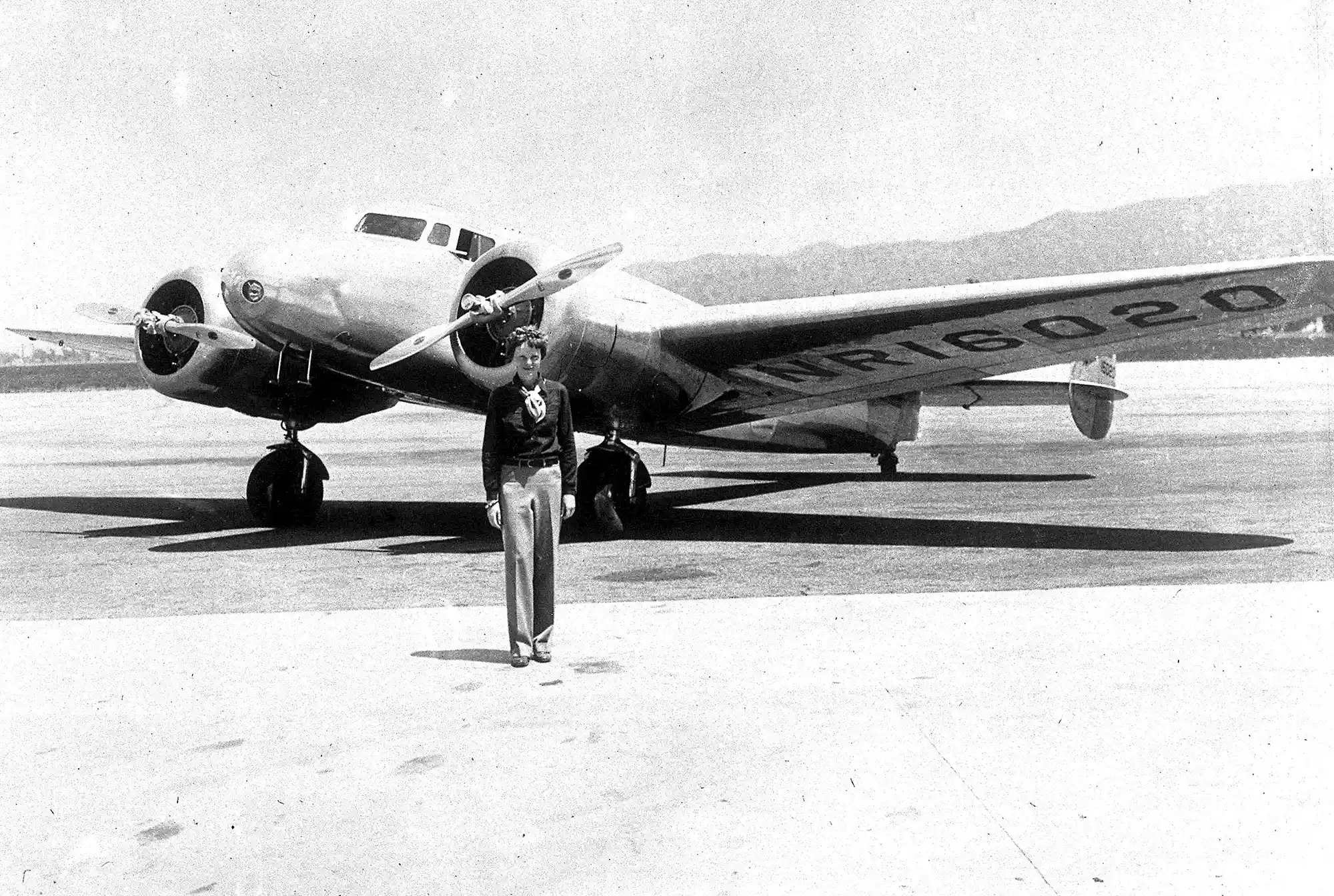
A Girl with Her Head in the Clouds
Amelia Mary Earhart was born on July 24, 1897, in Atchison, Kansas — a small town that would later become a pilgrimage site for aviation enthusiasts. She spent much of her childhood climbing trees, sledding, and collecting newspaper clippings about strong, independent women. It was clear even then that she wasn’t going to be confined by the expectations of her time.
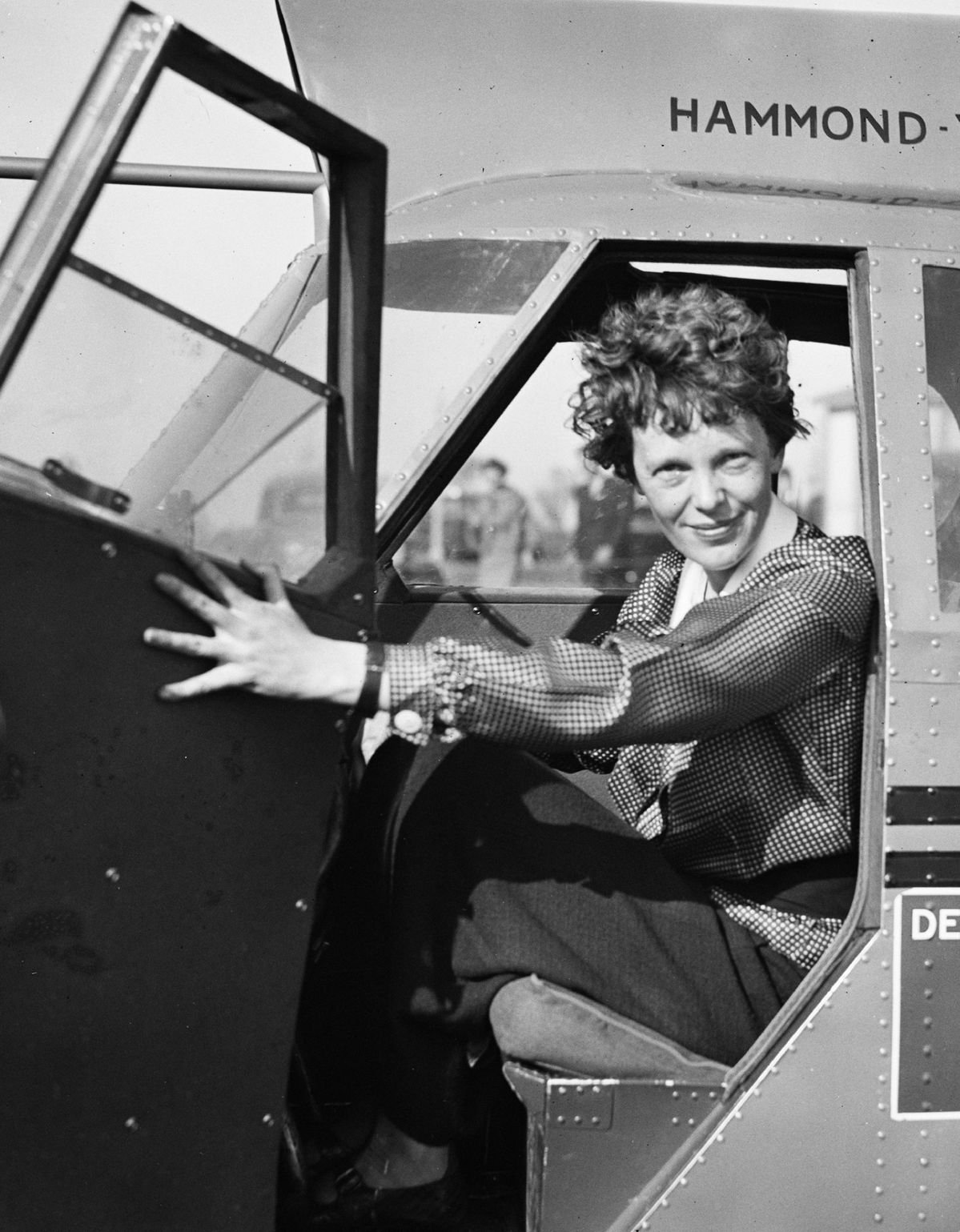
Her family’s life was far from stable. Her father’s work with the railroad often meant the family moved around, and financial struggles were common. But Amelia’s independent streak grew stronger through these challenges. She once wrote, “Courage is the price that life exacts for granting peace.” That courage would become her trademark.
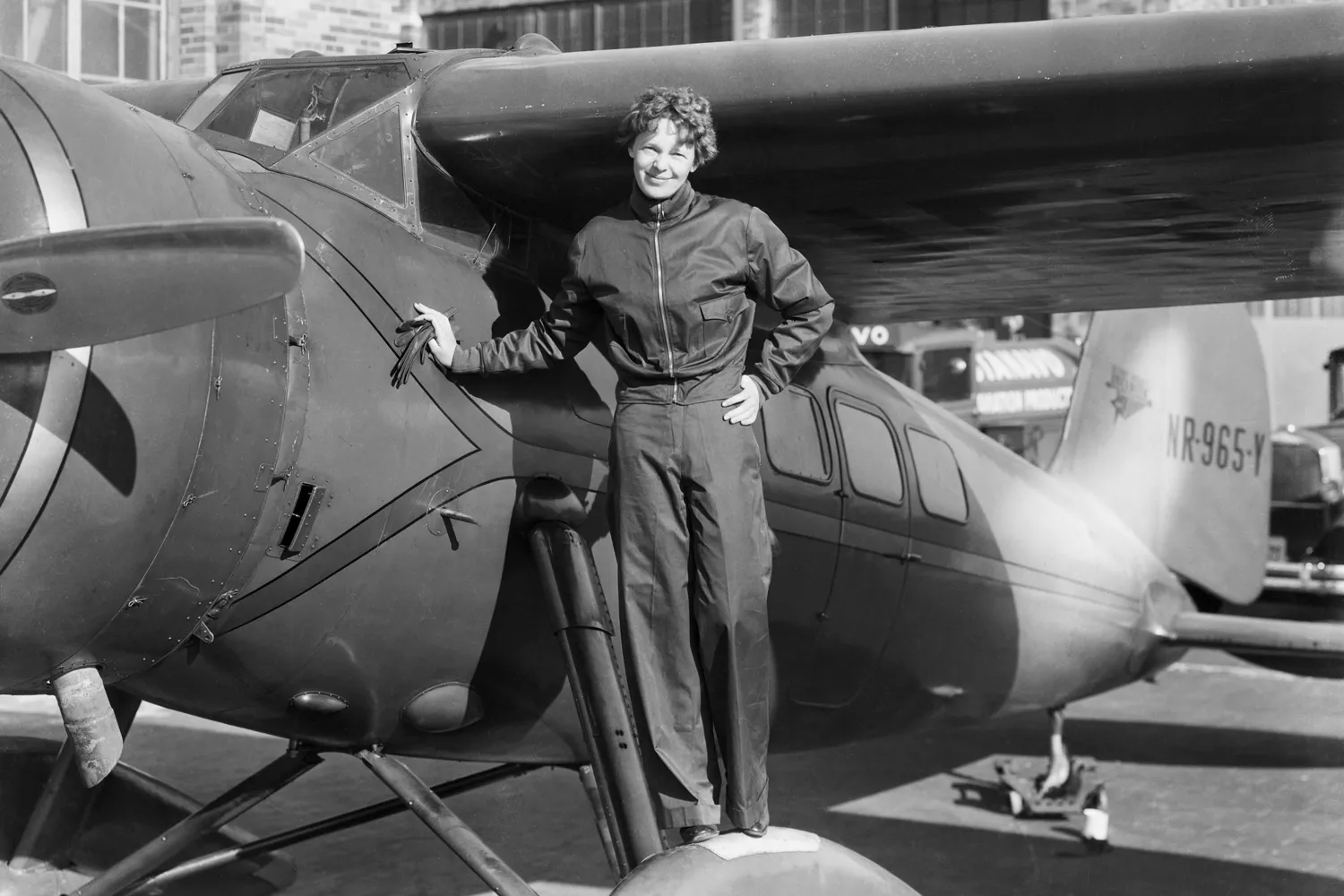
Discovering the Sky
In 1920, Amelia attended an air show in Long Beach, California, where she took a 10-minute plane ride that changed her life forever. She later said, “As soon as I left the ground, I knew I myself had to fly.”
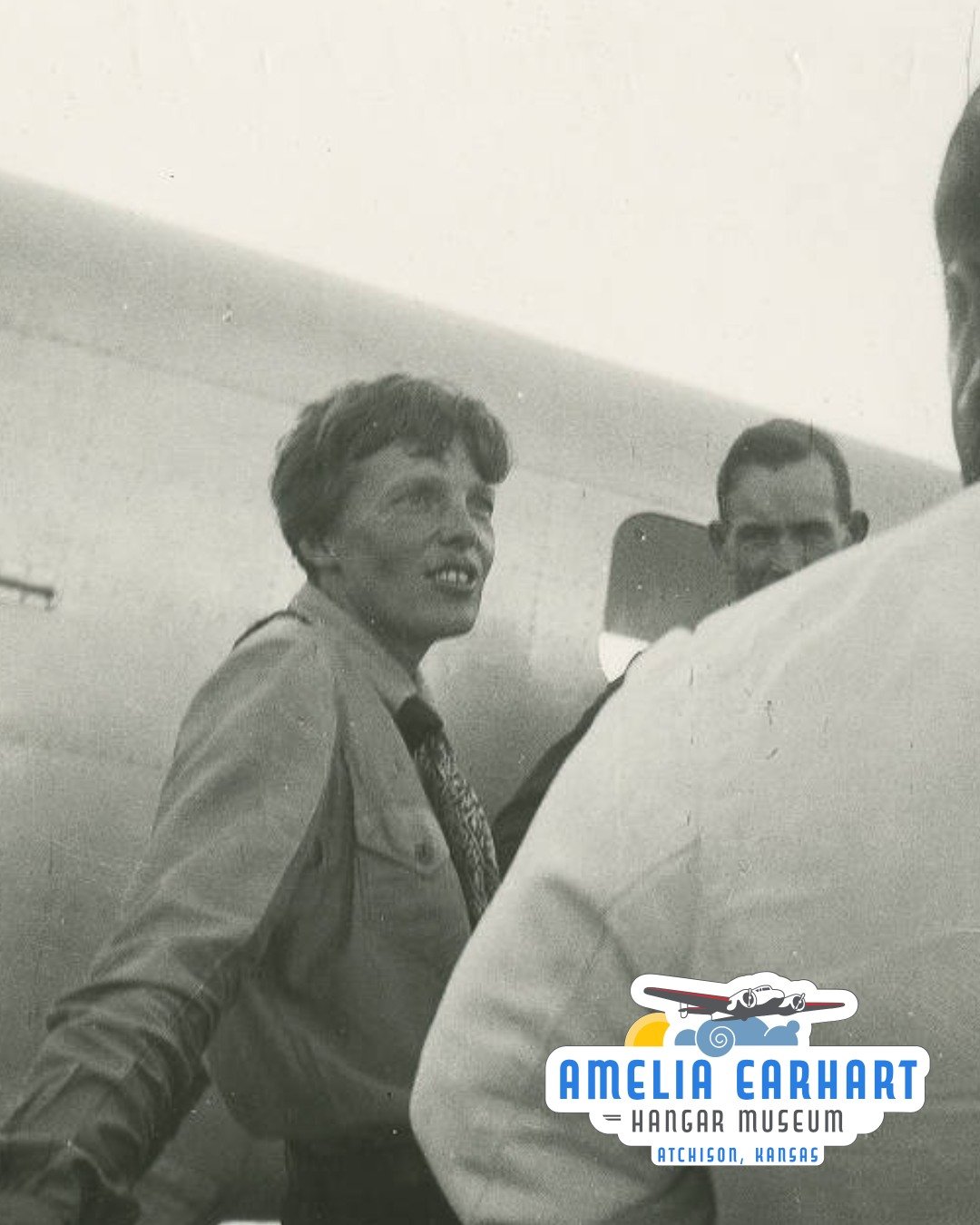
Working as a nurse, photographer, and truck driver to save money, she eventually took lessons from pioneer aviator Neta Snook. Before long, she bought her own plane — a bright yellow Kinner Airster nicknamed The Canary.
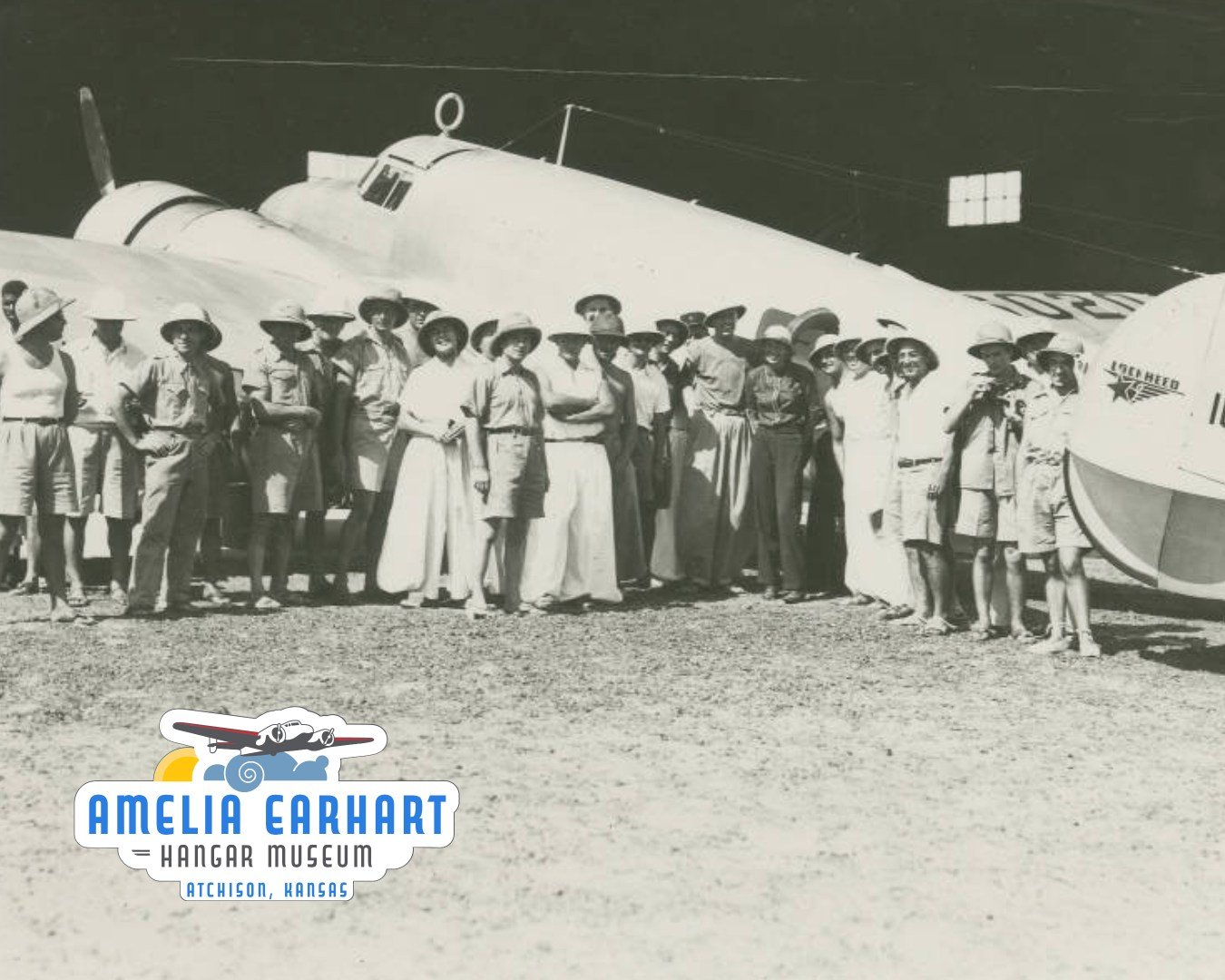
In 1922, she set her first world record by reaching 14,000 feet — the highest altitude ever flown by a woman. A year later, she received her pilot’s license from the Fédération Aéronautique Internationale, becoming one of the first women in the world to hold one.
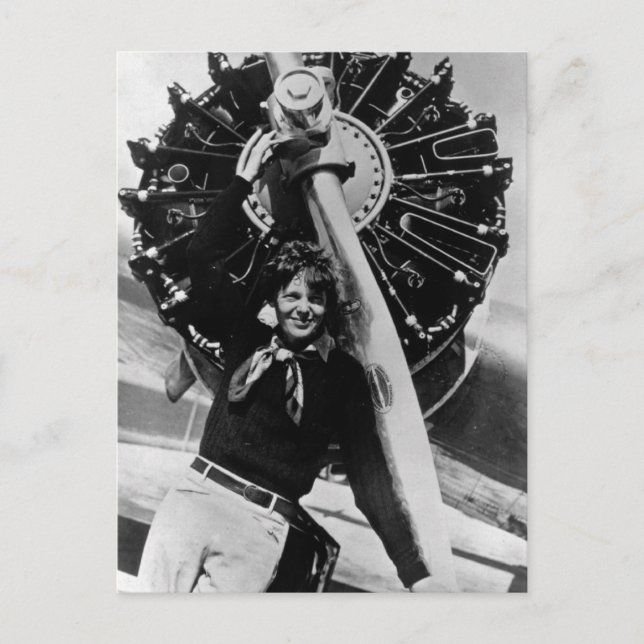
Making History in the Air
In 1928, Amelia became the first woman to fly across the Atlantic — though as a passenger. She famously quipped that she “was just baggage, like a sack of potatoes.” Determined to earn her wings, she returned to the skies four years later — alone.
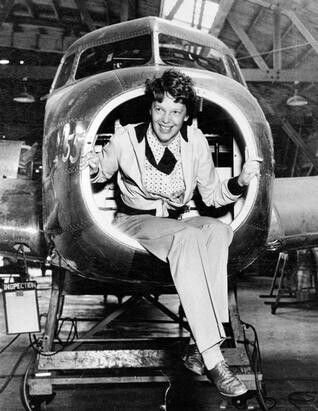
In 1932, she piloted her Lockheed Vega from Newfoundland to Ireland, battling storms, fatigue, and mechanical issues for nearly 15 hours. When she landed in a field and asked a farmer, “Have you flown far?” she had — all the way across the Atlantic.
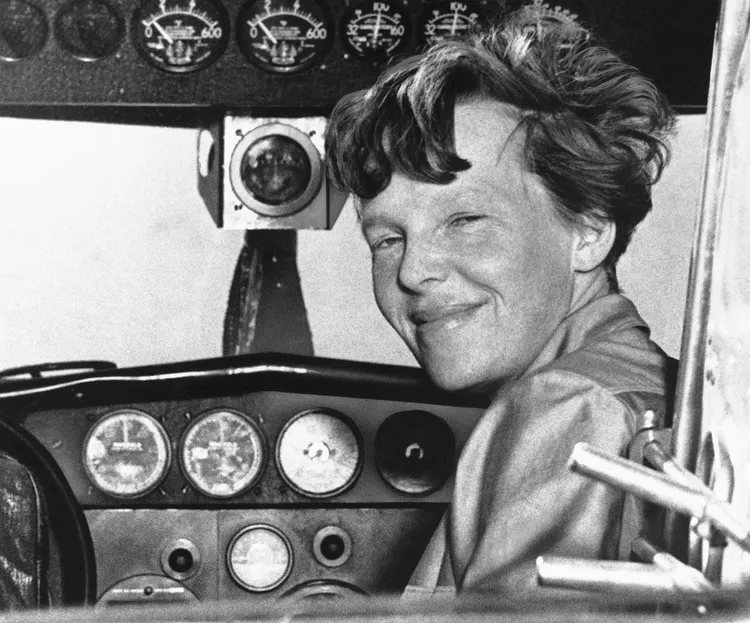
That flight made her a global celebrity. She became the first woman to fly solo across the Atlantic and received the Distinguished Flying Cross from Congress — the first ever awarded to a woman. She had officially cemented her place in aviation history.
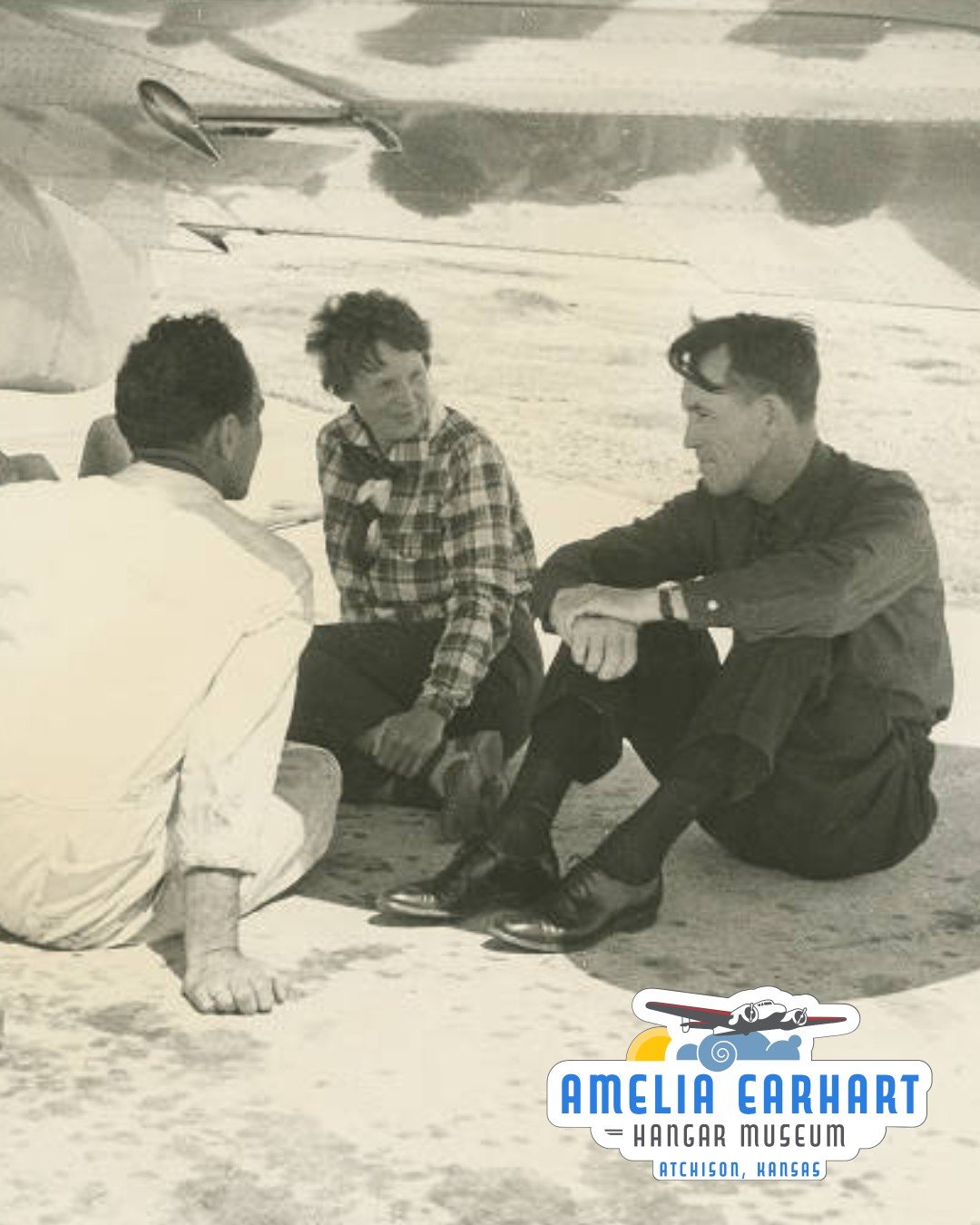
A Champion for Women and Aviation
Amelia used her fame to inspire and empower women. She co-founded The Ninety-Nines, an organization still supporting female pilots today. She became a career counselor at Purdue University, encouraging women to pursue their dreams and careers beyond traditional expectations.
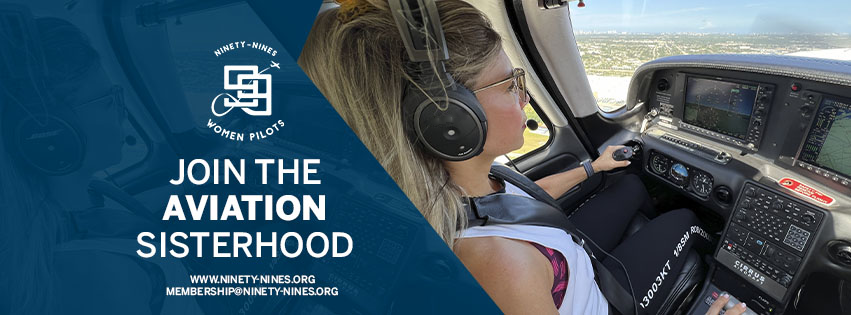
She became an editor at Cosmopolitan magazine, where she wrote about aviation and women’s rights. She co-founded The Ninety-Nines, an organization for female pilots that still exists today. And she joined Purdue University as a visiting career counselor, encouraging young women to dream bigger, think independently, and pursue careers in science and aviation.
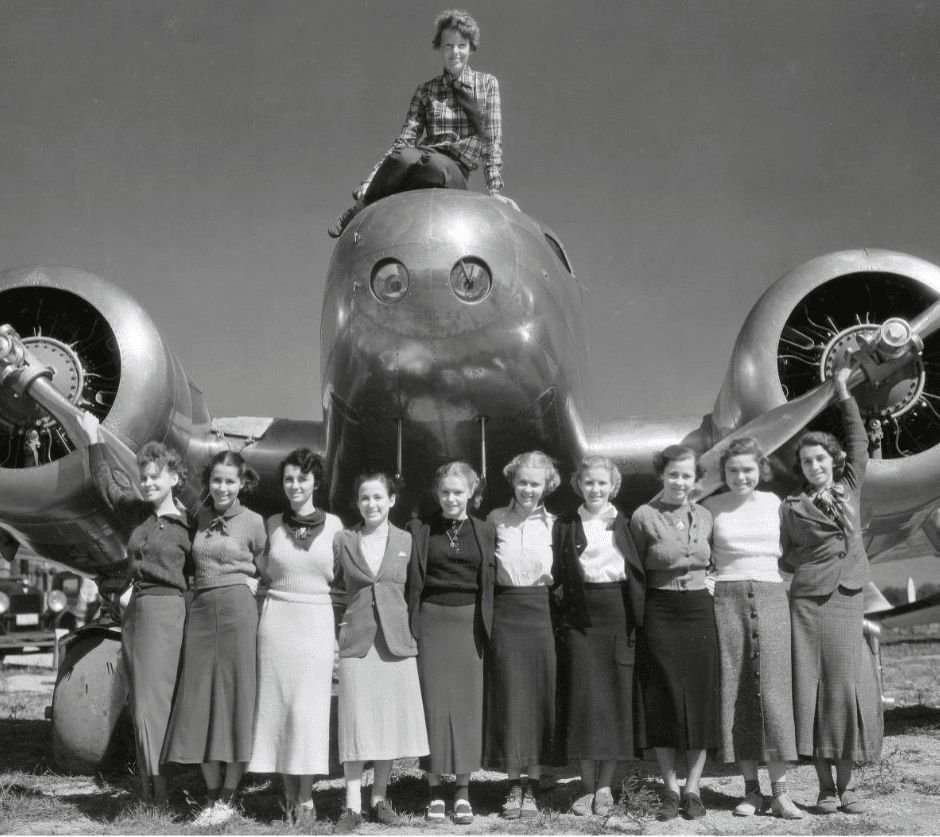
Amelia once said, “Women, like men, should try to do the impossible. And when they fail, their failure should be a challenge to others.” That spirit made her more than a pilot — she was a pioneer for progress.
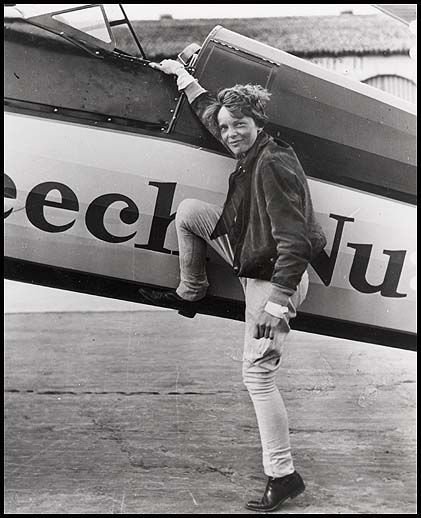
The Final Flight
In 1937, Amelia set her sights on her most ambitious adventure yet — to become the first woman to fly around the world along the equator. Flying her twin-engine Lockheed Electra 10E, she and her navigator Fred Noonan began the journey from Oakland, California, on May 20, 1937.
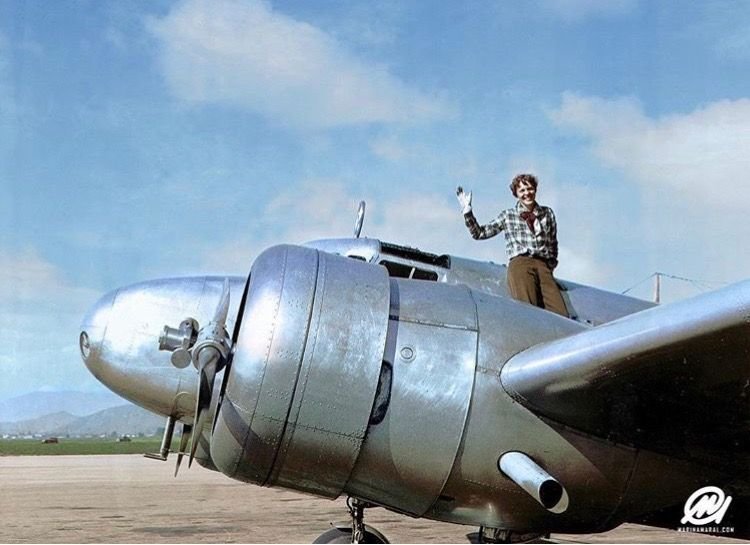
The journey was grueling. They faced tropical storms, mechanical issues, and poor navigation equipment. By the time they reached Lae, New Guinea, they had already traveled about 22,000 miles with only 7,000 left to go. Their next stop was Howland Island — a tiny dot in the Pacific Ocean — but they never made it.
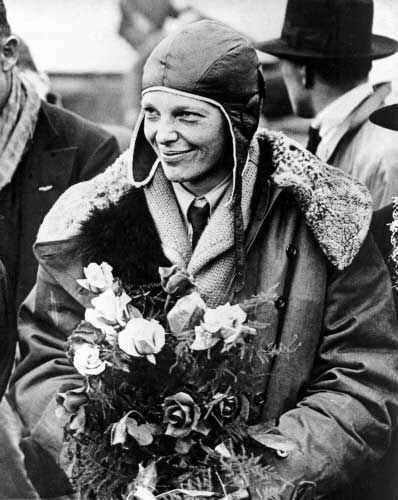
On July 2, 1937, radio contact was lost. Amelia’s last recorded words were, “We are running north and south.” Despite an extensive search by the U.S. Navy, no trace of Earhart, Noonan, or the Electra was ever officially found.
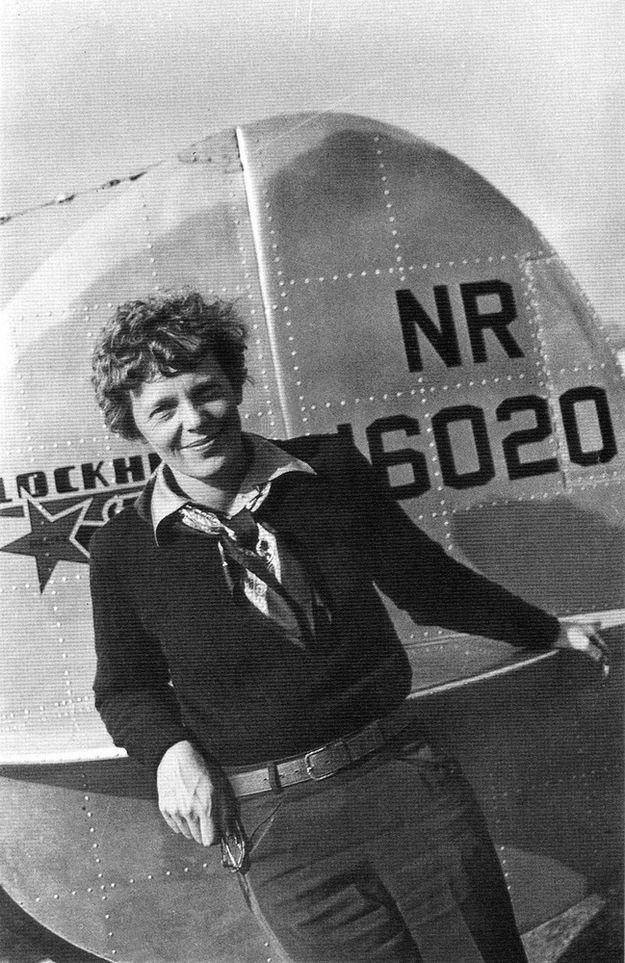
The Mystery That Wouldn’t Die
For nearly 90 years, the world has searched for answers. Over the decades, countless theories emerged — from crashing into the ocean to surviving as castaways on a deserted island. One of the most enduring possibilities has been that Amelia and Fred landed on Nikumaroro, formerly known as Gardner Island, part of the Republic of Kiribati.
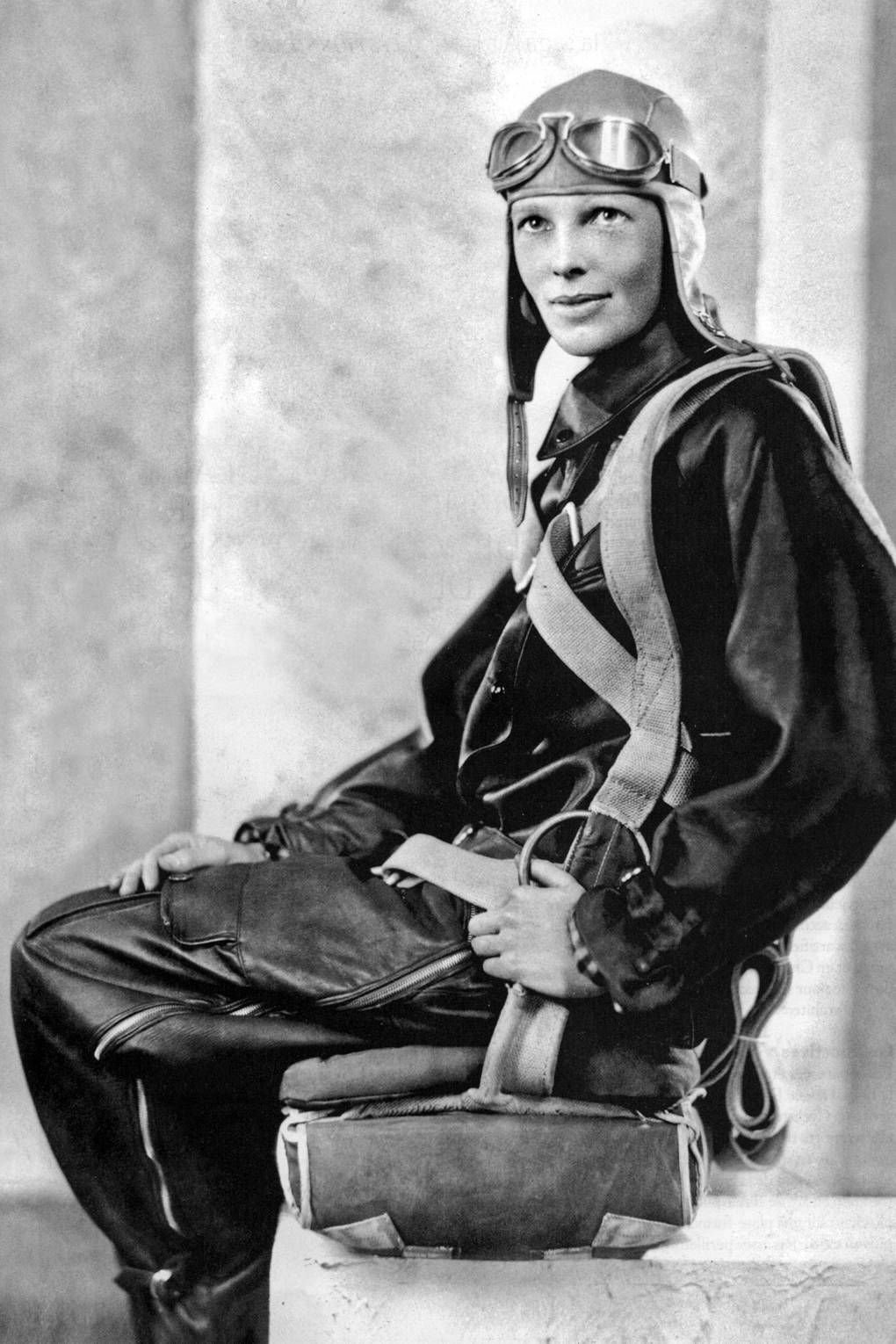
Some of the most compelling evidence points to Nikumaroro Island (then called Gardner Island), where artifacts such as women’s shoes, a sextant box, and remnants of a campfire have been found. Many historians and researchers believe Amelia and Fred may have crash-landed there and survived for a short time before succumbing to the elements.
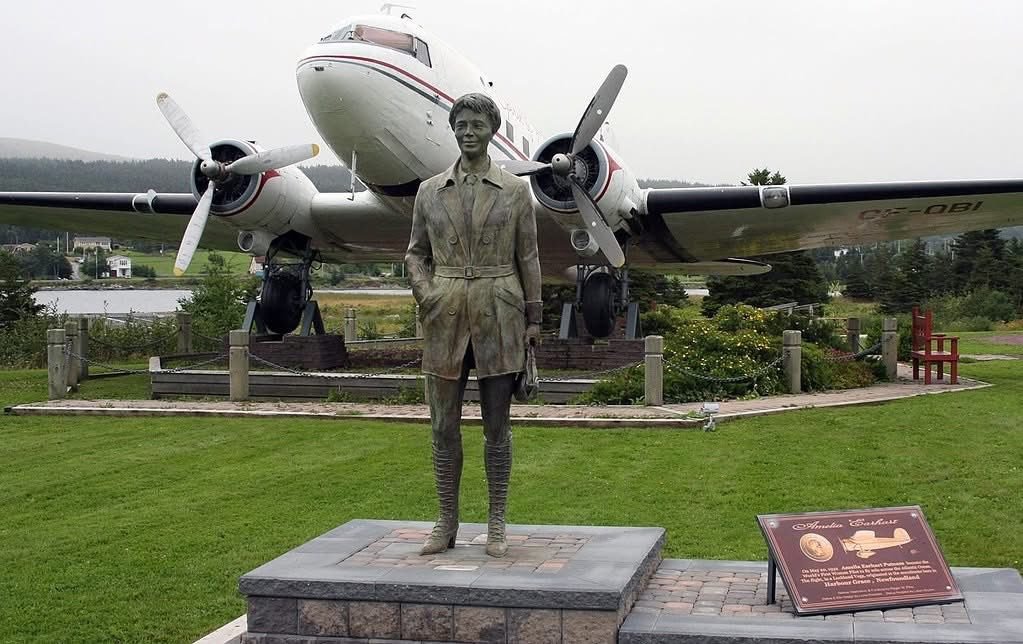
Breaking News: New Evidence and Renewed Hope
The search for Amelia Earhart has never truly stopped — but 2024 and 2025 have brought some of the most promising leads in decades.
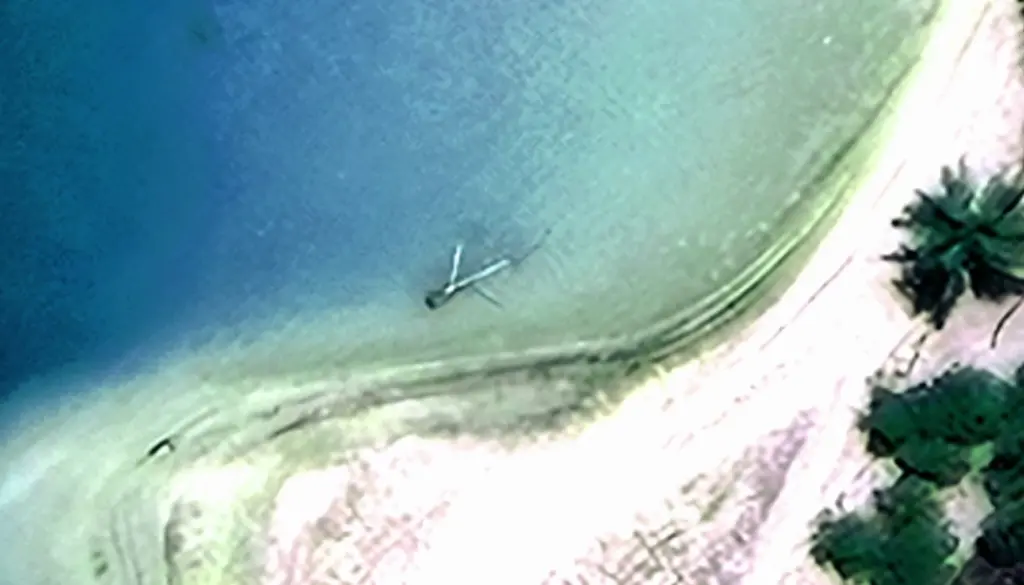
1. The Taraia Object – A New Discovery in the Lagoon
Researchers from the Archaeological Legacy Institute and Purdue University (where Amelia once worked) identified a mysterious shape in satellite imagery of Nikumaroro’s lagoon. The object, now known as the “Taraia Object,” resembles the outline of an aircraft partially buried under sand.
The image was first noticed after a powerful cyclone shifted sediment in 2015. A new expedition — backed by Purdue — is planned for November 2025, using sonar and 3D scanning to determine whether the object is Amelia’s Lockheed Electra.
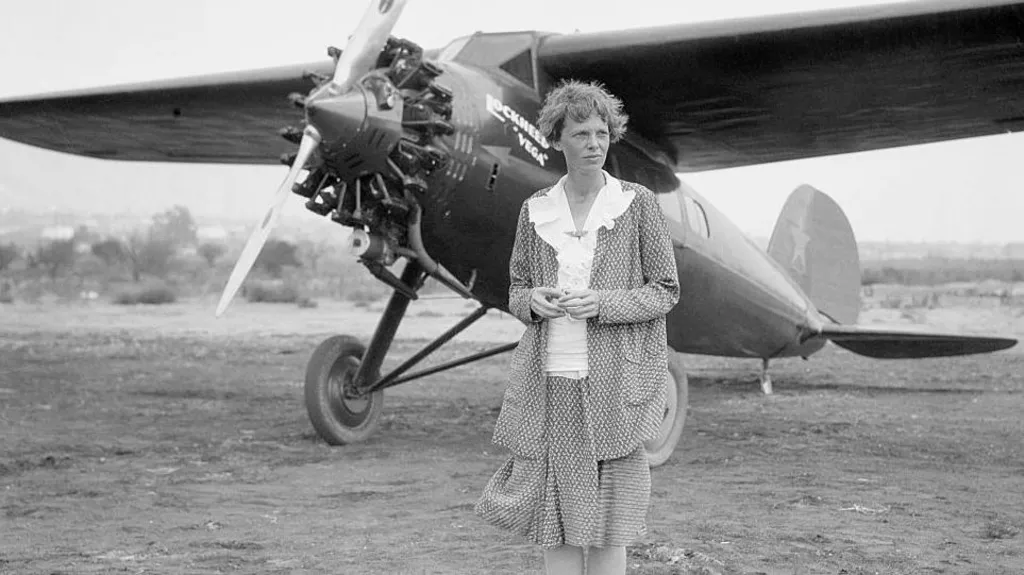
2. The Deep-Sea Sonar Mystery
In 2023, an ocean exploration team called Deep Sea Vision detected what looked like an airplane resting 16,000 feet below the ocean surface near Howland Island. Early excitement suggested it could be Amelia’s plane — but later, higher-resolution scans indicated it was likely a rock formation.
Still, the technology used opened new possibilities for future exploration, with more detailed surveys planned in the same region.
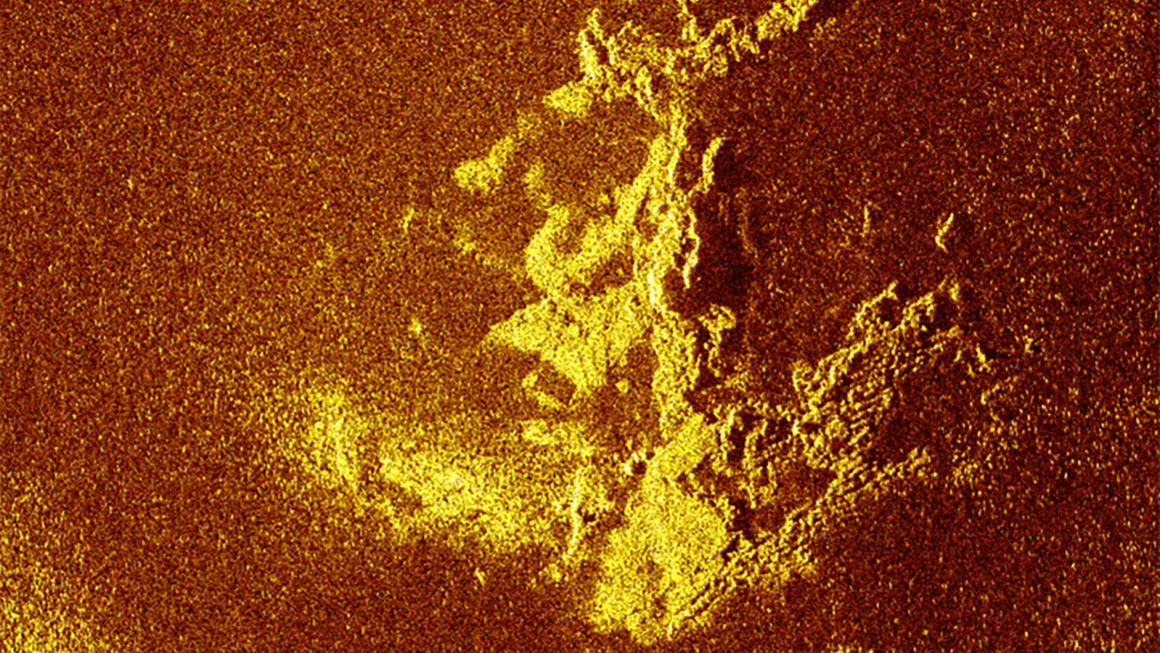
3. Aerial Images from 1938 Provide “Very Strong” Evidence
In October 2025, newly analyzed 1938 aerial photos surfaced showing what researchers describe as “very strong evidence” of a plane wreck off Nikumaroro’s western reef. The photos, enhanced with AI imaging tools, appear to show metallic debris consistent with the shape of the Electra’s landing gear and fuselage.
These images have prompted researchers to relaunch recovery missions to the island in hopes of finally bringing physical evidence to light.
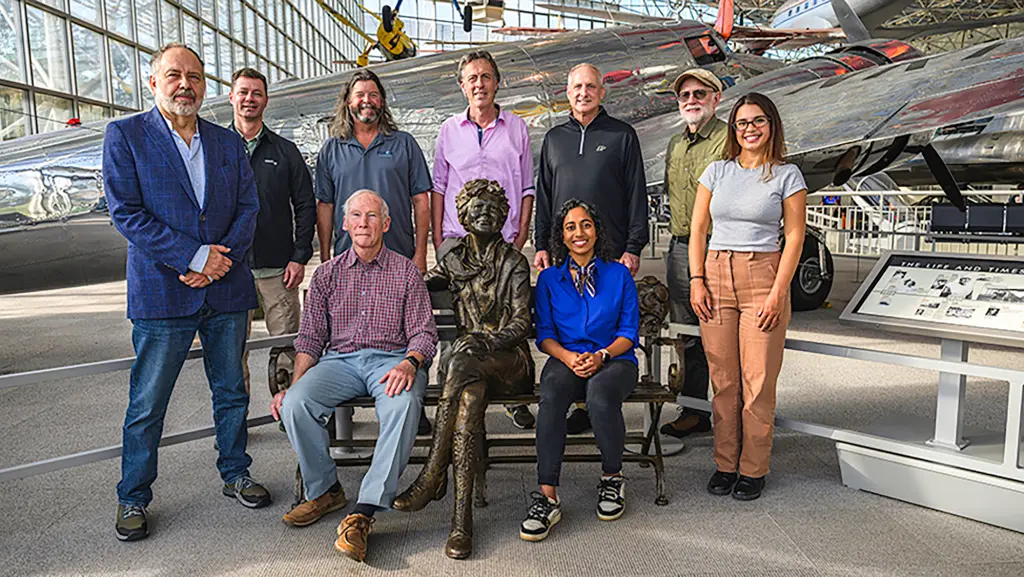
4. Government Transparency: Trump Calls for File Release
In a surprising twist, U.S. President Donald Trump recently called for Amelia Earhart’s classified files to be declassified and publicly released.
In late September 2025, he announced his intention to make the files public, saying the American people “deserve to know the truth about one of history’s greatest mysteries.”
The announcement has drawn worldwide attention — with historians, aviation experts, and Earhart enthusiasts hoping that government records might finally reveal key details about the search, her disappearance, or what officials knew at the time.
With new technology, renewed government focus, and public interest at an all-time high, the mystery of Amelia Earhart feels closer than ever to being solved.
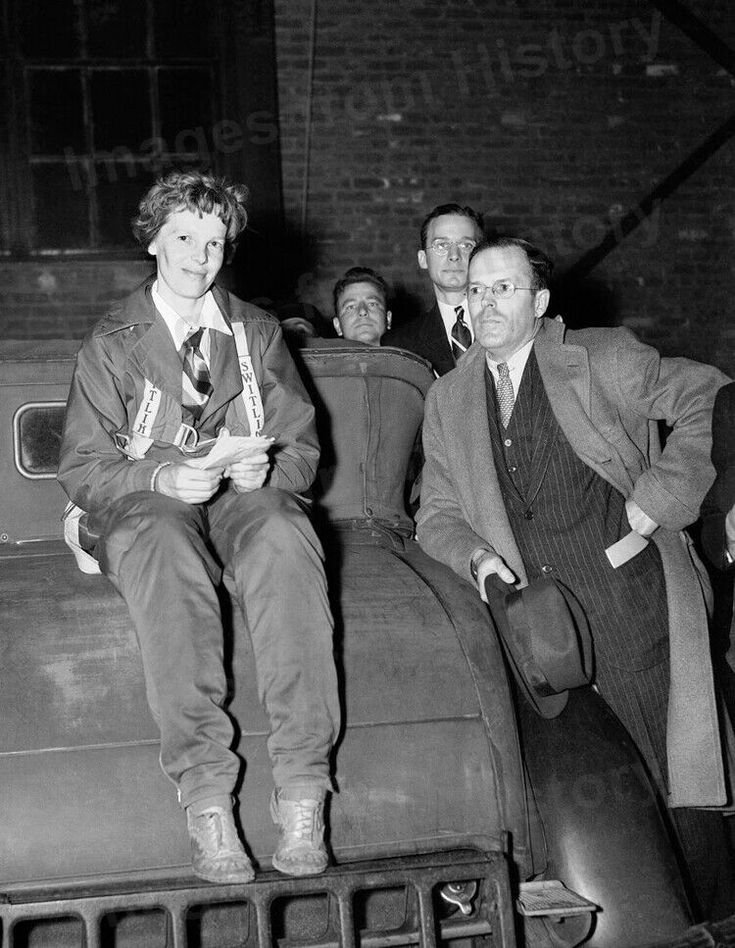
Why It Still Matters
For some, these are just theories. But for those of us who love history, adventure, and the pursuit of truth — Amelia Earhart represents something more. She reminds us that human curiosity doesn’t end just because time passes.
Whether her plane is discovered beneath the Pacific or hidden beneath the sands of a lagoon, her story continues to inspire explorers and travelers around the world to keep asking, “What’s out there?”
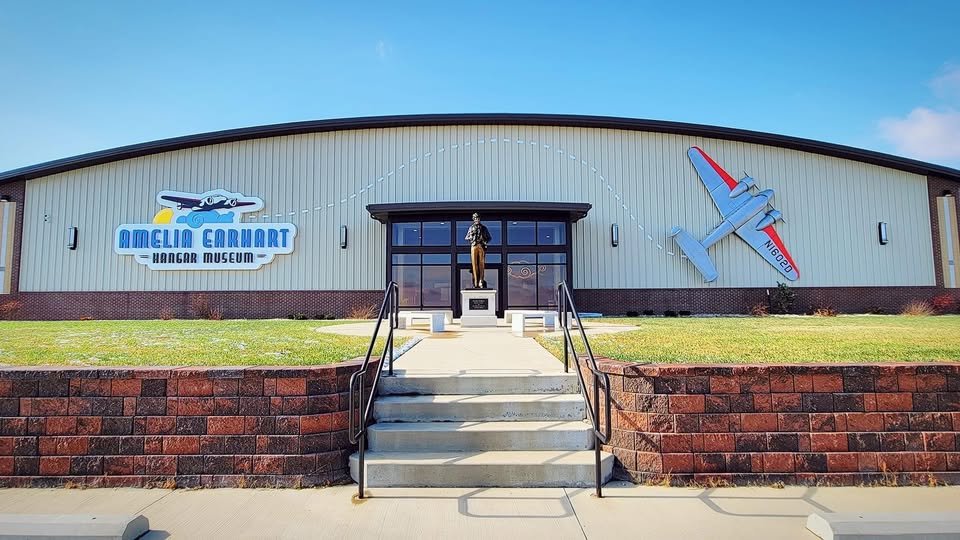
Legacy and Inspiration
You can still trace Amelia’s legacy across the United States:
-
Amelia Earhart Birthplace Museum – Atchison, Kansas
- Amelia Earhart Hangar Museum – Atchison, Kansas https://ameliaearharthangarmuseum.org/
-
Amelia Earhart Memorial Bridge – Crossing the Missouri River near her hometown
-
Purdue University Archives – Home to her letters, photos, and artifacts
-
Annual Amelia Earhart Festival – Held each July in Atchison, celebrating her adventurous spirit
- https://visitatchison.com/event/2025-amelia-earhart-festival/2025-07-17
If you love historical travel, these sites are a wonderful way to walk in her footsteps.
My Final Thoughts
Amelia Earhart was more than a pilot; she was a pioneer in every sense of the word. She lived life without fear, without limits, and without regret. Her legacy reminds us that courage isn’t the absence of fear — it’s the decision to keep moving forward despite it.
Whenever I see a plane cross the sky, I can’t help but think of her — that fearless woman chasing the horizon. For those of us who love to travel, explore, and seek out the unknown, Amelia’s story is a reminder to never stop asking what’s beyond the next bend, the next road, or the next flight.
So, if you ever find yourself in Kansas, stop by her hometown. Stand on the banks of the Missouri River and look up at the open sky. It’s easy to imagine Amelia there — smiling, ready for takeoff once more.
Until Next Time!
Susan
Latest Developments: 2025 Expedition Updates
-
November 2025: Purdue University–backed Taraia Object Expedition begins field study at Nikumaroro.
-
October 2025: Newly enhanced 1938 aerial images reveal possible Electra wreckage off the island’s western reef.
-
September 2025: President Donald Trump calls for full declassification of all Amelia Earhart files.
-
Ongoing: Public and academic excitement grows, with multiple research teams preparing to collaborate on both land and underwater searches.
Stay tuned to my site — I’ll be following these updates closely and sharing the results as they unfold.
